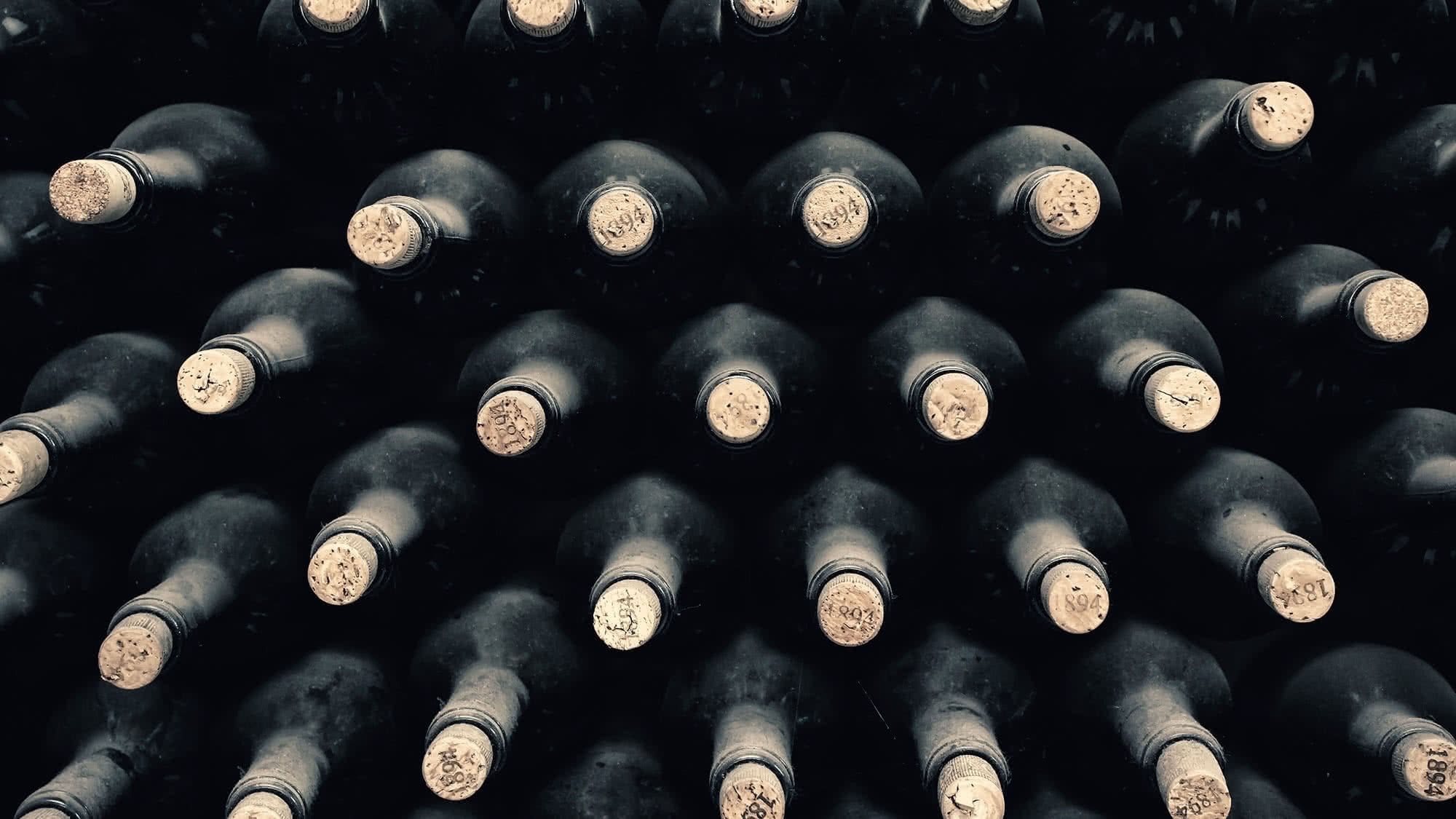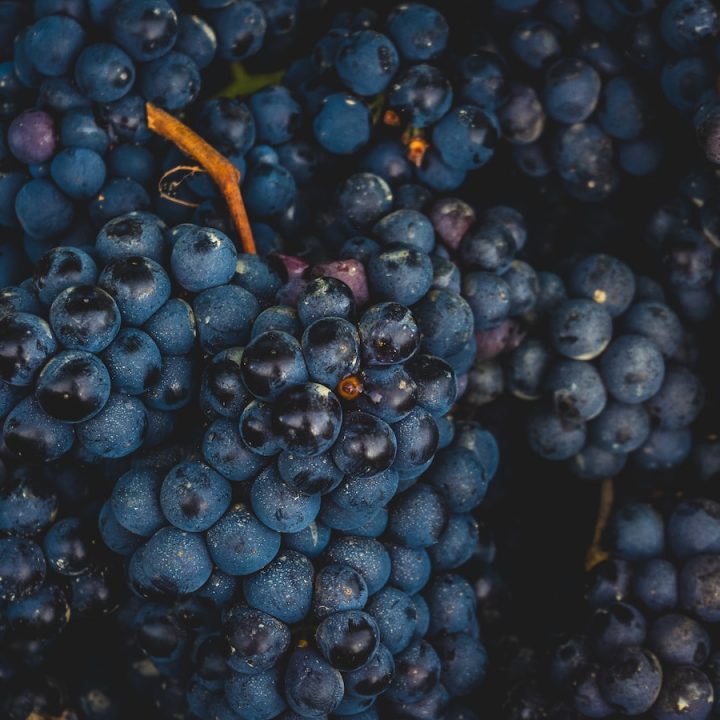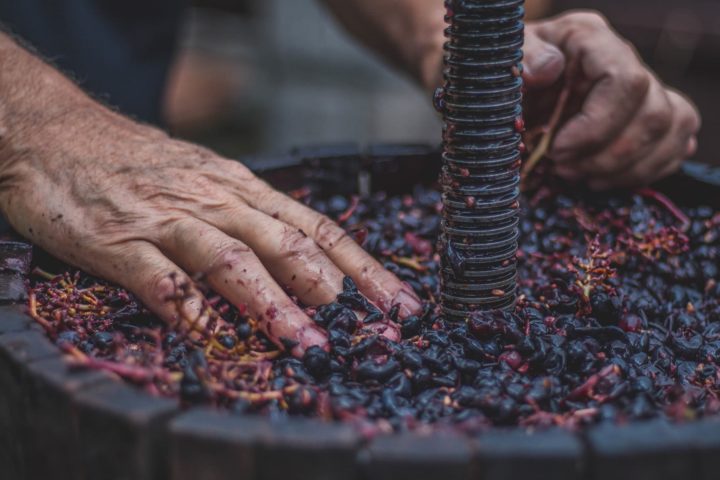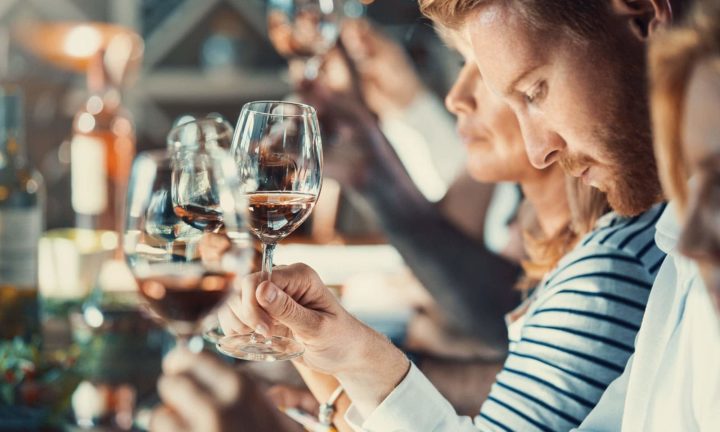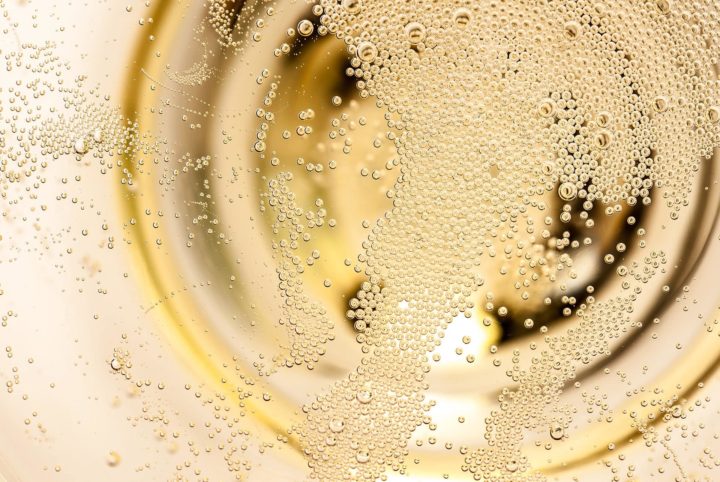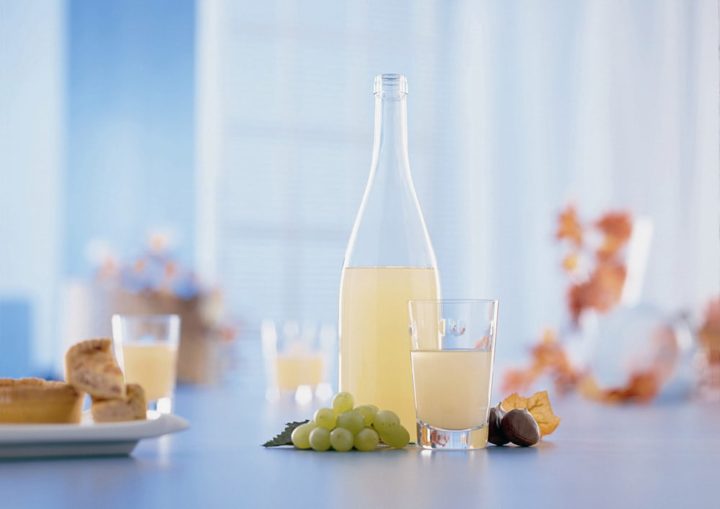“Aged wines taste better!” But by no means every wine benefits from years of storage. Just five to ten percent of all wines produced are at all suitable for aging in the bottle for many years.
Why do you actually store wine?
The easiest way to explain why wine should be stored is to look at tannin-rich red wines. A long maceration period releases tannins from the skin and seeds of red wines. These provide the furry or astringent mouthfeel. In addition to their taste properties, tannins have an antioxidant effect. They are extremely reactive when in contact with oxygen. This results in the formation of longer-chain molecules. The harsh, simple tannins become soft-velvety complex tannins.
The great reactivity of the tannins protects above all the other components of the wine, which need a longer time for their transformation. Too high an oxygen content would lead to undesirable oxidation in these substances.
The aging processes inside the bottle are mainly determined by the decay and chemical reactions of the individual components in the wine. In the second part of our series of articles on the proper storage of wine, we look at the factors that should be taken into account when storing wine over the long term.
Why some wines are not suitable for bottle aging
Now you might get the idea: The longer a wine matures, the better it becomes! So, why not buy a wine for € 1.99 in the supermarket and put it in the cellar? In 15 years, it becomes a truly noble drop – or is it?
Whether a wine benefits from longer storage depends largely on the initial quality of the wine. The aging processes needed for the coveted play of aromas are determined by the amount of extract contained in the wine. The amount of extract depends largely on the yield and ripeness of the grapes processed.
Whether a wine benefits from longer storage depends largely on the initial quality of the wine. The aging processes needed for the coveted aroma play are determined by the amount of extract in the wine. The amount of extract depends largely on the yield and ripeness of the grapes processed.
Favorable wines often come from yield-optimized viticulture. However, high quality and therefore higher priced wines result from a strict reduction in yield. If the vine can concentrate all its strength on one or two bunches, all the nutrients and minerals flow into the two fruits. From one grape is made about one bottle of wine. However, if the vine has to divide its strength among 12 bunches, fewer ingredients are available to the individual fruit. If the energy requirements of the grapes are too high, they may remain unripe.
If favorable wines are left to age for years, the tannins in red wines will also break down. However, due to the higher ratio of oxygen to extract, more aroma-responsible components oxidize in percentage terms.
At best, you get a softer but watery wine without much flavor. In the worst scenario, the result is a kind of vinegar water that you wouldn’t even want to use for a salad dressing.
Which wines are suitable for storage?
The higher the quality of the wine, the longer you can store it. This may sound simplistic, but it is (generalized) correct. However, whether a wine really develops and benefits from longer aging still depends on various factors. Along with alcohol and tannins, the residual sugar content is one of the main factors determining the shelf life of a wine.
Red wines can age longer than dry white wines
The tannin present in red wines protects the wine from unwanted oxidative processes. The amount of tannins in a red wine is determined by the grape variety and the cellar master. Tannin-rich varieties like Cabernet Sauvignon are almost impossible to break.
A question of grape variety
How long a wine can age in the bottle also depends on its grape variety. Some are better suited to bottle aging than others.
Red grape varieties suitable for aging:
- Cabernet Sauvignon
- Nebbiolo
- Sangiovese
- Syrah / Shiraz
- Tannat
White grape varieties suitable for storage:
- Riesling
- Green Veltiner
- Chardonnay
- Xarel.lo
Noble sweet white wines can store for centuries
The oldest and still drinkable wines in the world are all white wines. The oldest of these comes from Germany and is in the Bürgerspital in Würzburg – well secured behind bulletproof glass The 1540 Würzburger Stein was described by Hugh Johnson at a tasting (1961) as follows: “The 1540 Würzburg stone was still alive. Nothing until then had made me realize so clearly that wine is truly a living organism.”
